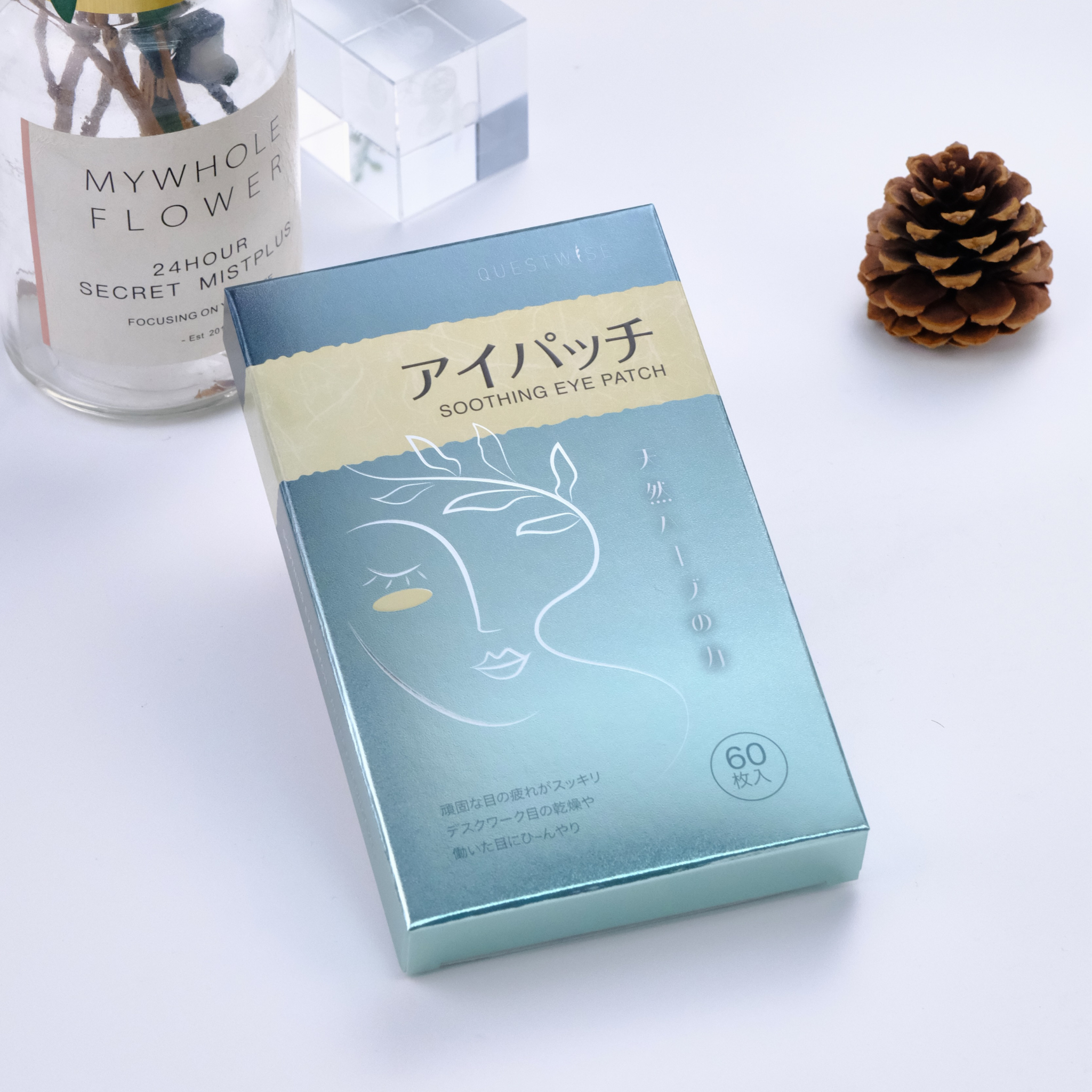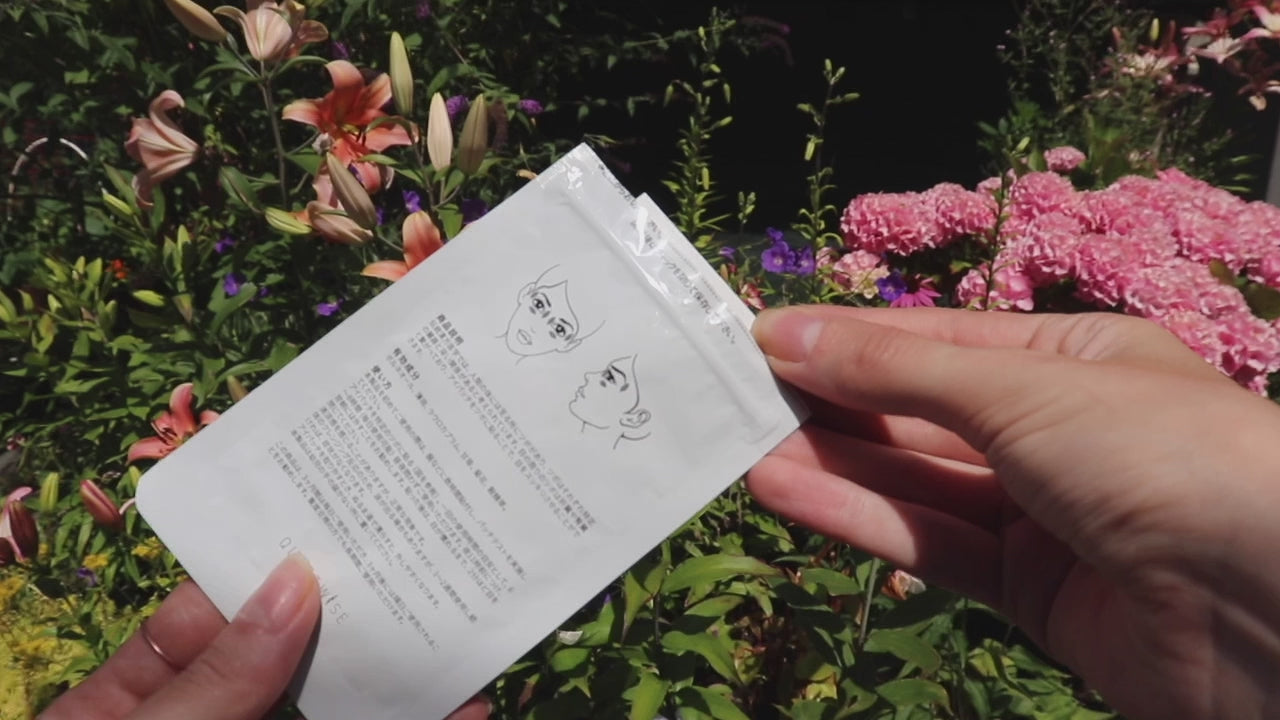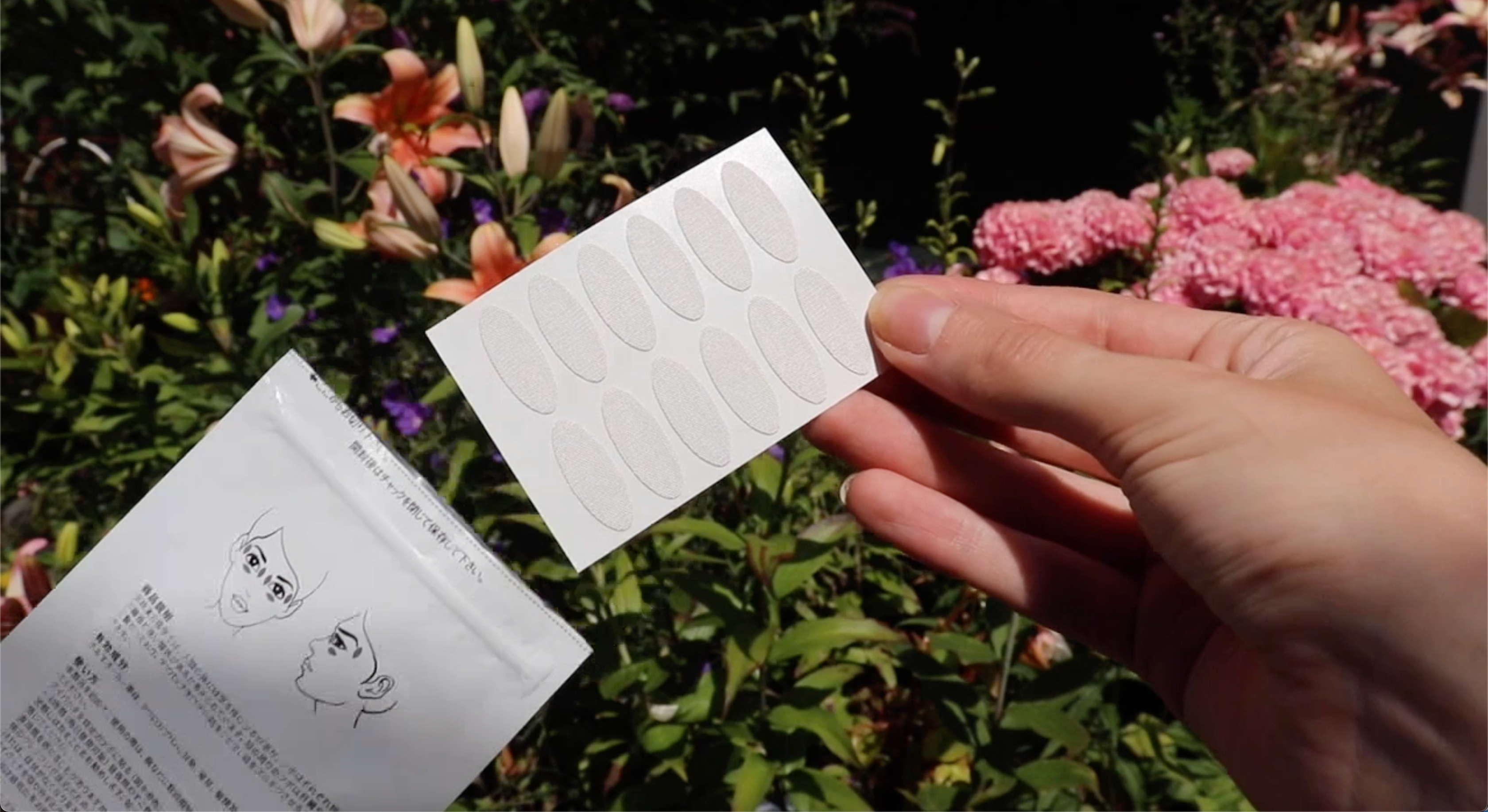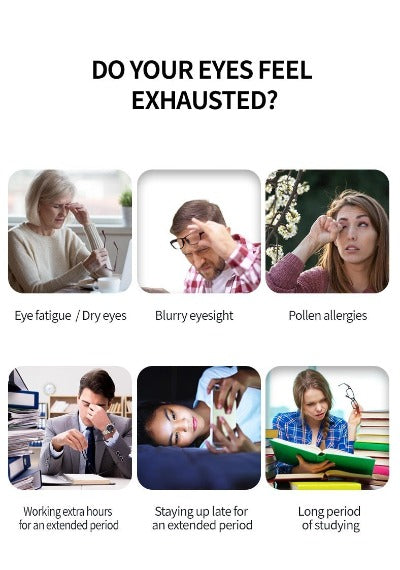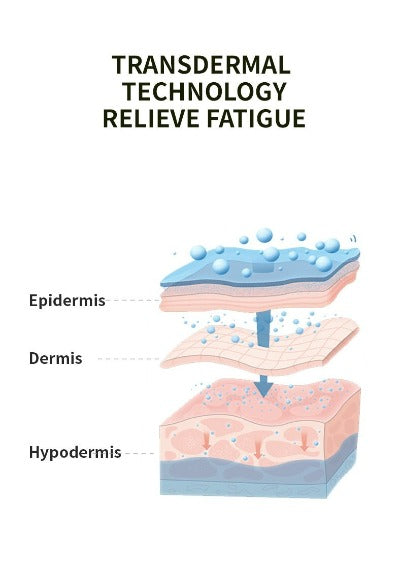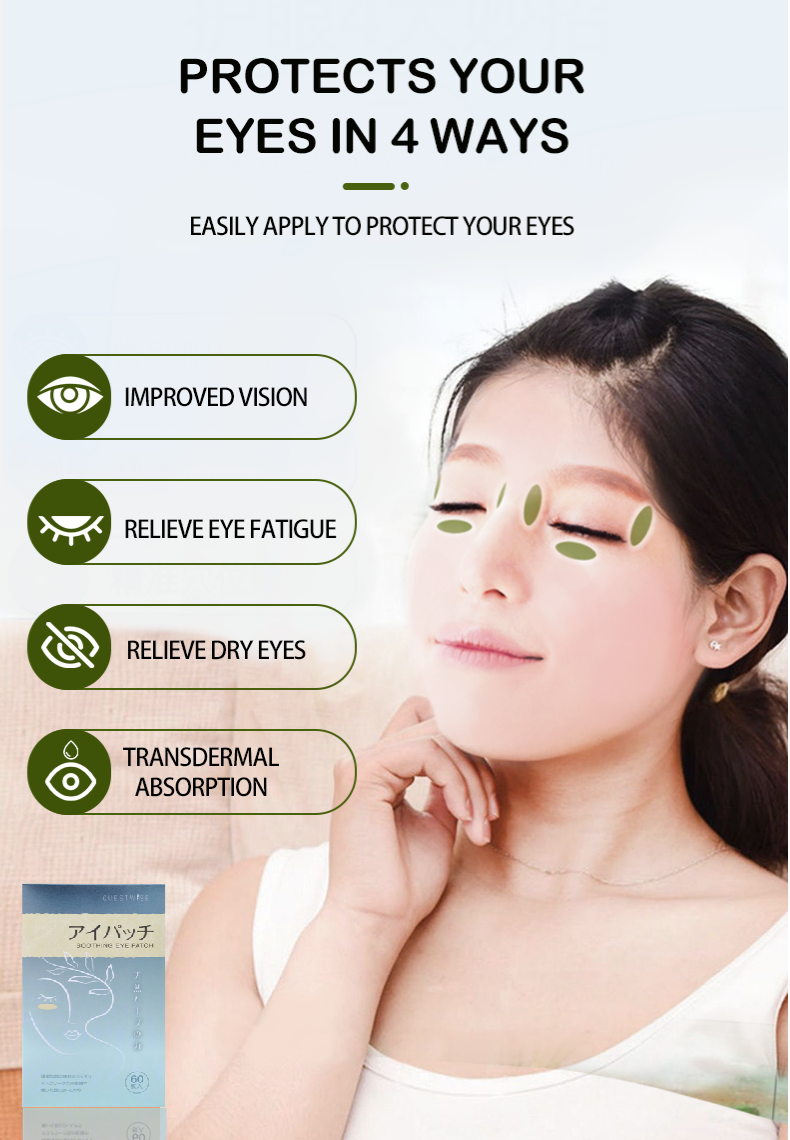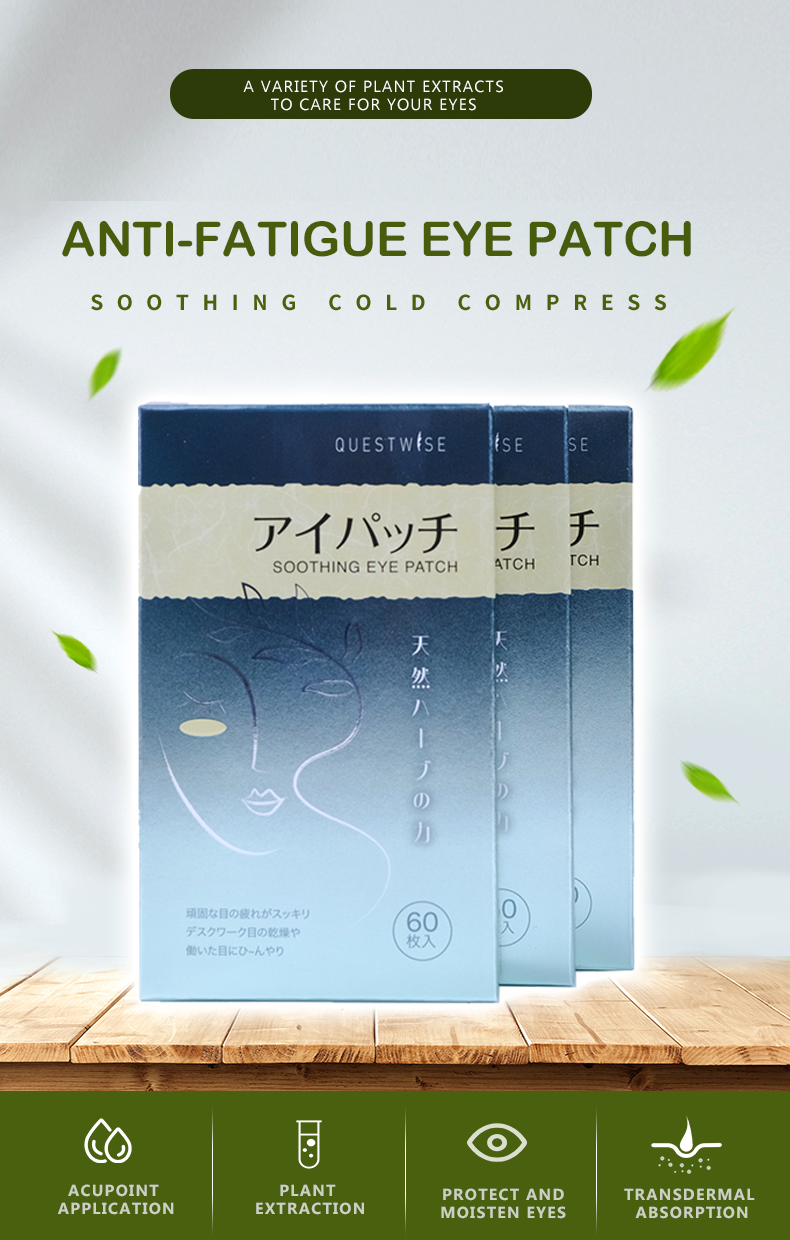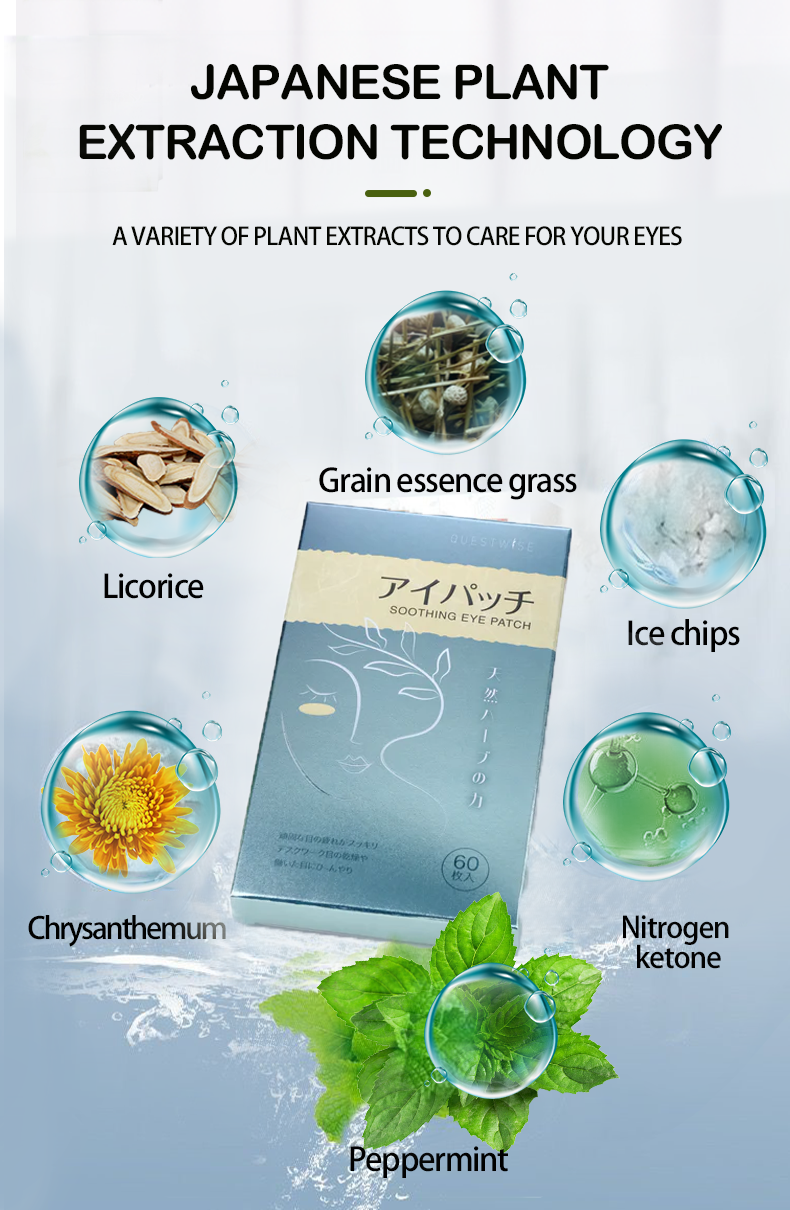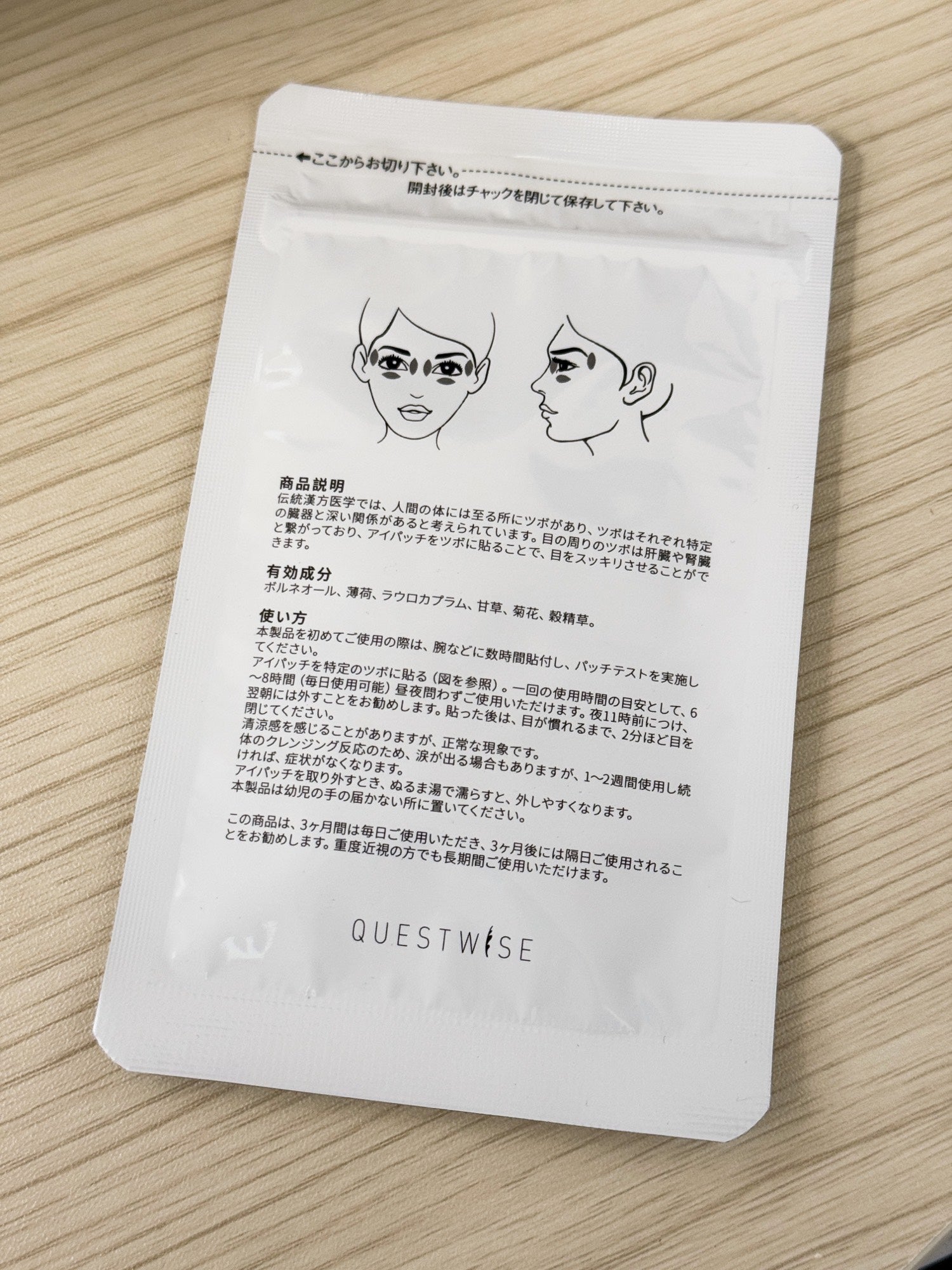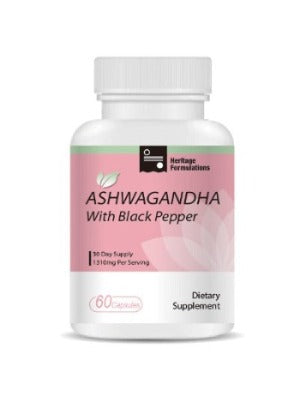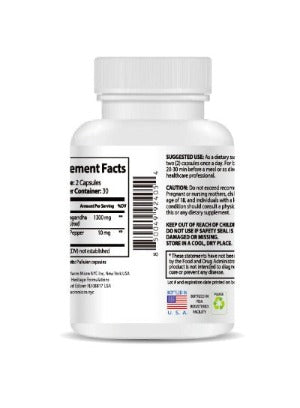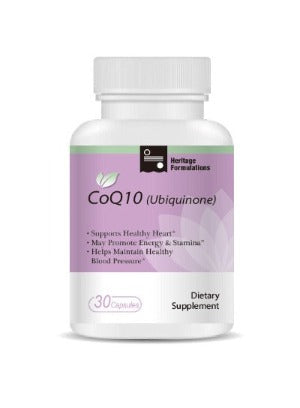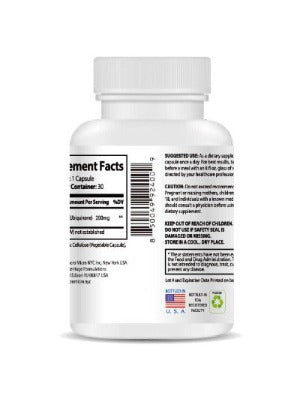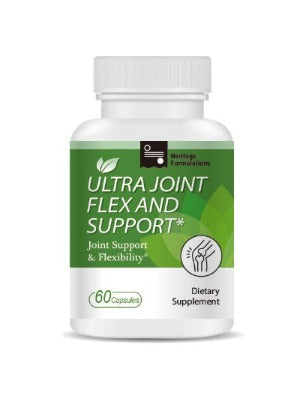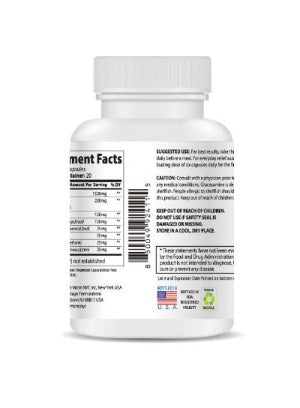If you're a contact lens wearer, you've probably experienced that gritty, uncomfortable feeling at some point. It's a common complaint, and for many, it's the result of dry eye. This condition, also known as dry eye disease or ocular surface disease, occurs when your eyes don’t produce enough quality tears to lubricate themselves properly.
For contact lens wearers, this issue is a double-edged sword. Not only can contact lenses make existing dry eye worse, but they can also be a direct cause of the discomfort. The good news is that with a bit of knowledge and some simple changes to your routine, you can manage this condition and wear your lenses comfortably again.
In this comprehensive guide, we'll dive deep into the relationship between contact lenses and dry eye. We'll explore why lenses can cause or exacerbate dryness, what symptoms to look for, and most importantly, what you can do to find relief.
The Science Behind the Discomfort: Why Lenses and Dry Eye Are Linked
To understand why contact lenses can lead to dry eye, you first need to understand the role of tears. Your tears are more than just water; they're a complex, three-layer system designed to keep your eyes healthy and moist.
-
The Mucous Layer: This innermost layer helps the tear film adhere to the eye's surface.
-
The Aqueous Layer: This is the thickest, most watery layer, providing moisture and nutrients.
-
The Lipid (Oily) Layer: This outermost layer, produced by the meibomian glands in your eyelids, creates a smooth surface and prevents the tears from evaporating too quickly.
When you blink, this delicate tear film spreads across your eye. A healthy tear film is essential for comfortable vision.
So, where do contact lenses fit in?
-
Reduced Oxygen Flow: Your cornea, the clear front surface of your eye, needs oxygen to stay healthy. It gets this oxygen from the air and from the tear film. When a contact lens sits on your eye, it acts as a barrier, reducing the amount of oxygen that can reach the cornea. A lack of oxygen can lead to discomfort and, in some cases, dry eye symptoms. While modern silicone hydrogel lenses are designed to be highly breathable, they don't completely solve the problem.
-
Disrupted Tear Film: The lens itself sits directly on the tear film, acting like a physical dam. It can disrupt the natural flow and distribution of your tears, particularly the watery aqueous layer. This disruption can lead to an unstable tear film that evaporates more quickly, causing a sensation of dryness.
-
Lens Material and Water Content: The material of your contact lenses plays a huge role. Soft contact lenses are made of a water-containing plastic polymer. To stay soft and flexible, they need to absorb water. They draw this water from your tear film. Lenses with a high water content might sound like a good thing, but they can actually pull more moisture from your eyes, especially in dry environments, making the problem worse.
-
Deposit Buildup: Over time, proteins, lipids, and other debris from your tears can build up on the surface of your contact lenses. These deposits can interfere with the wetting properties of the lens and make them less comfortable to wear. They can also attract bacteria, leading to a higher risk of eye infections.
The Telltale Signs: How to Know if Your Lenses are Causing Dry Eye
The symptoms of dry eye can range from a minor annoyance to a significant problem that impacts your daily life. If you're a contact lens wearer, it's crucial to be aware of the signs.
-
Gritty or Scratchy Sensation: This is often the first and most common symptom. It can feel like there's a grain of sand or an eyelash stuck in your eye.
-
Stinging or Burning: Your eyes might feel like they're on fire, especially after a long day of wearing lenses.
-
Redness: Your eyes may look bloodshot and irritated.
-
Blurred Vision: The tear film is essential for clear vision. An unstable tear film can cause your vision to fluctuate or become blurry, especially when you blink.
-
Excessive Tearing: This might sound counterintuitive, but if your eyes are constantly watering, it could be a symptom of dry eye. This is your eye's reflexive response to irritation—it's trying to flush out the irritant, but these "reflex tears" don't have the same lubricating properties as your normal tears.
-
Sensitivity to Light (Photophobia): Your eyes may become more sensitive to bright light.
-
Feeling of Heaviness: Your eyelids may feel heavy or tired, especially at the end of the day.
If you're experiencing any of these symptoms while wearing your lenses, it's a good idea to talk to your eye care professional.
Finding Relief: Practical Strategies for Comfortable Lens Wear
Managing dry eye while wearing contact lenses is all about making smart choices and adopting good habits. Here are some of the most effective strategies you can use.
-
Switch Your Lens Type: This is one of the most impactful changes you can make.
-
Consider a Different Material: Silicone hydrogel lenses are a game-changer for dry eye sufferers. They allow significantly more oxygen to pass through to the cornea, which can reduce discomfort.
-
Lower Water Content: Ask your eye doctor about lenses with a lower water content. While it seems counterintuitive, these lenses can be more comfortable for dry eye sufferers because they don’t absorb as much moisture from your eyes.
-
Daily Disposables: Switching to daily disposable lenses can dramatically improve comfort. Because you use a fresh pair every day, you eliminate the problem of protein and lipid buildup, which is a major source of irritation.
-
-
Use the Right Eye Drops: Not all eye drops are created equal.
-
Rewetting Drops: Look for eye drops specifically formulated for contact lens wearers. These are often called "rewetting drops" or "lubricating eye drops." Use them throughout the day to rehydrate your eyes and the lenses.
-
Avoid Redness-Relieving Drops: These drops contain vasoconstrictors that temporarily reduce redness by shrinking blood vessels. While they might make your eyes look better, they don't address the underlying dryness and can even cause a "rebound effect," making your eyes even redder once the drops wear off.
-
-
Practice Good Lens Hygiene:
-
Always use fresh solution: Never "top off" your old solution. Pour out the old solution and use a fresh supply each time you clean and store your lenses.
-
Clean your lens case: Rinse your case with fresh solution and let it air dry. Replace your lens case every 3 months.
-
Wash your hands: Always wash and dry your hands thoroughly before handling your lenses.
-
-
Change Your Environment:
-
Use a humidifier: If you live or work in a dry climate or an air-conditioned office, a humidifier can add much-needed moisture to the air.
-
Take breaks from screens: When you stare at a computer, phone, or tablet, your blink rate decreases significantly. This leads to tear evaporation. Follow the 20-20-20 rule: every 20 minutes, look at something 20 feet away for at least 20 seconds. This simple habit can make a big difference.
-
-
Consider Your Diet: Eating foods rich in Omega-3 fatty acids (found in fish like salmon, flaxseed, and walnuts) may help improve the quality of your tear film and reduce dry eye symptoms.
When to See an Eye Doctor
While these tips can help you manage mild to moderate dry eye, it's essential to consult with an optometrist or ophthalmologist. They can perform a comprehensive eye exam to determine the root cause of your dry eye.
Your doctor can check the stability of your tear film, the health of your meibomian glands, and the overall condition of your ocular surface. Based on this evaluation, they can recommend a specific treatment plan, which might include:
-
Prescription eye drops to increase tear production or reduce inflammation.
-
Punctal plugs to block the tear ducts and keep tears on the eye's surface for longer.
-
In-office procedures to address meibomian gland dysfunction.
FAQs: Your Questions, Answered
Q1: Can I still wear contact lenses if I have severe dry eye? A1: It depends on the severity. For some people, traditional soft lenses may be too uncomfortable. However, your eye doctor may recommend specialized lenses like scleral lenses. These large-diameter rigid gas permeable lenses vault over the entire cornea and create a tear-filled reservoir, providing a constant source of moisture and exceptional comfort for people with severe dry eye.
Q2: Are daily disposable contact lenses better for dry eyes? A2: Yes, generally they are. Daily disposables are the freshest and cleanest option. You start with a new lens every morning, so there's no buildup of protein, lipids, or other irritants that can accumulate on a monthly or bi-weekly lens, making them a top choice for people with dry eye or allergies.
Q3: Is it okay to use regular over-the-counter eye drops with my contact lenses? A3: No, it's not a good idea. Many over-the-counter eye drops are not formulated to be used with contact lenses and can actually damage the lens material or cause protein buildup. Only use drops that are explicitly labeled as "safe for use with contact lenses" or "rewetting drops."
Q4: Will wearing my glasses instead of my contacts help with my dry eye? A4: Yes, absolutely. Giving your eyes a break from contact lenses is one of the best things you can do. Wearing your glasses, especially on days when your eyes feel particularly dry or irritated, allows your eyes to breathe and recover, restoring the natural tear film.
Q5: What's the difference between rewetting drops and artificial tears? A5: The terms are often used interchangeably, but generally, rewetting drops are designed to be used while your contacts are in your eyes to provide a quick boost of moisture. Artificial tears are typically used when your lenses are out and are meant to provide more comprehensive and longer-lasting lubrication for the eye's surface itself. Always check the label to ensure the product is compatible with your contact lens type.


